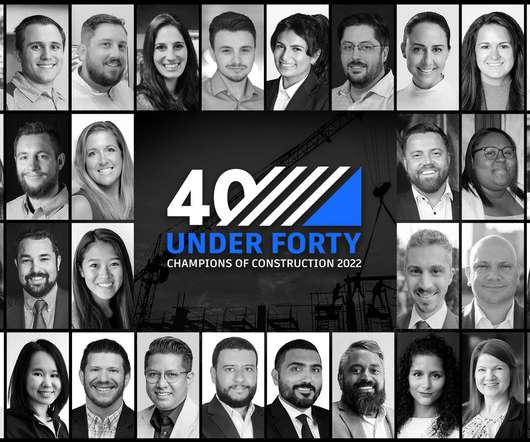Enabling Efficient Life-cycle Managment of the Built Environment supported by Digitial Technology – BIM – 2014
Building Information Management
APRIL 28, 2014
Technology is not the primary obstacle to efficient life-cycle management of the built environment! Refusal to adopt collaborative construction delivery methods such as Integrated Project Delivery (IPD) for new construction, Job Order Contracting (JOC) for repair, renovation, sustainability, and minor new construction projects.


















Let's personalize your content